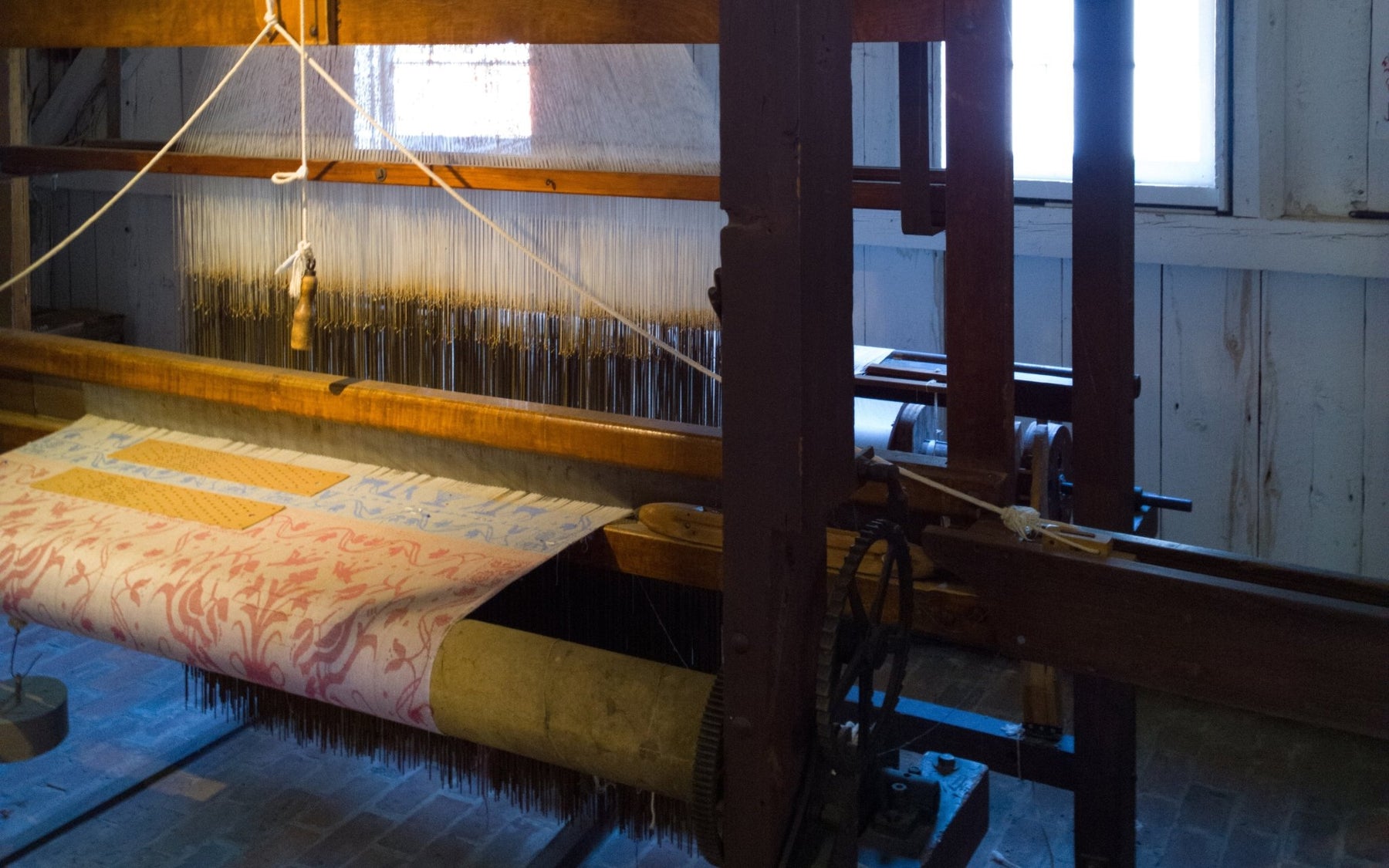
The Intriguing Connection Between Ancient Weaving and Modern Computers
The ancient craft of weaving, originating in the Neolithic era, can be traced back almost 12,000 years. It began as a simple process where early humans intertwined branches and twigs to construct shelters that protected them from the weather. The primary tool, known as the loom, was initially a basic frame made from branches. The loom held warp yarns in place, which were stretched taut, while filling yarns were manually woven through them.

Fast forward to the 19th century, and we arrive at a pivotal moment in the evolution of weaving - the invention of the Jacquard loom by Joseph Jacquard in 1801. This revolutionary loom utilized a series of punched cards to automate the process, resembling the operation of a player piano. Much like how different rolls dictate varied tunes in a player piano, each set of cards programmed different patterns in the fabric. The punched holes, or their absence, in the cards corresponded to specific rows in a pattern. This led to the development of longer sequences and more complex designs.

Now, let’s draw a parallel between the Jacquard loom and the modern binary code. The binary system, which forms the foundation of computer programming, operates on two values – 0 and 1. Similarly, the punched card of the Jacquard loom worked on a binary-like system, where a punched hole signified one action (akin to 1), and the absence of a hole represented another (akin to 0).
In 1944, IBM began to employ a system where computers received instructions from a paper tape that operated similarly to the punched cards of a Jacquard loom. The punched card technology remained in use with some computers up until the 1980s. This similarity in operation led many to consider the Jacquard loom as a forerunner to modern computers, as both produced outputs according to a program.

In today’s Jacquard weaving, punch cards have evolved into electronic files guiding the looms. However, the fundamental principle remains - the loom operates on a binary system, with a cut signifying one state and a miss representing another. As illustrated in the image of a red and white design file, the red symbolizes a cut (warp on the face), while the white represents a miss (warp on the back with the filling in front).

The history of weaving is not only rich in tradition but also intertwined with the birth of modern computing. The Jacquard loom, with its punched cards, laid the foundation for the binary code and paved the way for the computers we use today.


Comments
Leave a comment